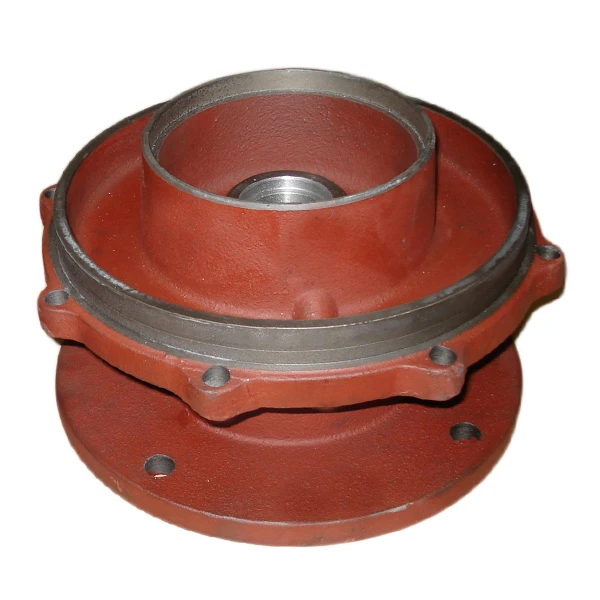Mobile:+86-311-808-126-83
Email:info@ydcastings.com
Aluminium Die Casting Techniques and Best Practices for High-Quality Production
Aluminium Casting Die Understanding the Process and Its Applications
Aluminium casting is a widely used manufacturing technique that involves pouring molten aluminium into a mold to create a variety of components. Among the many techniques employed in aluminium casting, die casting stands out due to its efficiency, precision, and ability to produce complex shapes. Aluminium casting die plays a crucial role in this process, serving as the mold into which the aluminium is poured. This article delves into the significance of aluminium casting die, its types, and its applications.
The Importance of Aluminium Casting Die
The aluminium casting die is integral to the die casting process as it determines the final shape, surface finish, and dimensional accuracy of the cast products. The die is typically made from high-strength steel to withstand the extreme temperatures and pressures involved in the casting process. The design and construction of the die are critical as they directly influence the quality of the final product. A well-engineered die can enhance the efficiency of the casting process, minimize defects, and reduce production costs.
Types of Aluminium Casting Dies
There are two main types of aluminium casting dies single cavity and multi-cavity dies
.1. Single Cavity Die Designed to produce one part per cycle, single cavity dies are ideal for low-volume production runs or when producing very large parts. They offer the highest precision due to the focused design and allow for significant quality control over each individual piece.
2. Multi-Cavity Die These dies are designed to produce multiple identical parts in a single cycle. They are highly efficient for high-volume production, significantly reducing the cost per part. However, the complexity of the die design increases with the number of cavities, requiring careful engineering to ensure consistent quality across all parts produced.
aluminium casting die

Applications of Aluminium Casting Die
Aluminium casting dies are widely utilized across various industries due to the lightweight, corrosion-resistant, and strong nature of aluminium. Here are some common applications
- Automotive Industry A significant portion of aluminium die casting is used in automotive components, such as engine blocks, transmission cases, and structural components. The lightweight nature of aluminium helps to improve fuel efficiency and lower emissions.
- Aerospace In the aerospace sector, aluminium casting is essential for manufacturing parts that require both strength and weight reduction. Components like brackets, housings, and structural elements often utilize aluminium casting dies for optimal performance.
- Consumer Electronics Many electronic devices, including laptops, smartphones, and televisions, utilize aluminium die-cast components for their casings and internal housings. The aesthetic appeal of aluminium, combined with its durability, makes it a preferred material in this sector.
- Industrial Equipment Various tools and equipment, such as pumps, valves, and housings, are produced using aluminium die casting. The process provides the necessary strength and precision required for reliable industrial applications.
Conclusion
Aluminium casting dies are a vital element of the die casting process, enabling manufacturers to produce high-quality, intricately shaped components efficiently. As industries continue to evolve, the demand for lightweight, durable materials like aluminium is on the rise. Advances in die design and manufacturing techniques also promise to enhance the capabilities of aluminium casting in the future, making it an essential aspect of modern manufacturing. With its widespread applications and benefits, aluminium casting will undoubtedly play a significant role in shaping the industries of tomorrow.
-
Why Should You Invest in Superior Pump Castings for Your Equipment?NewsJun.09,2025
-
Unlock Performance Potential with Stainless Impellers and Aluminum End CapsNewsJun.09,2025
-
Revolutionize Your Machinery with Superior Cast Iron and Aluminum ComponentsNewsJun.09,2025
-
Revolutionize Fluid Dynamics with Premium Pump ComponentsNewsJun.09,2025
-
Optimizing Industrial Systems with Essential Valve ComponentsNewsJun.09,2025
-
Elevate Grid Efficiency with High-Precision Power CastingsNewsJun.09,2025











